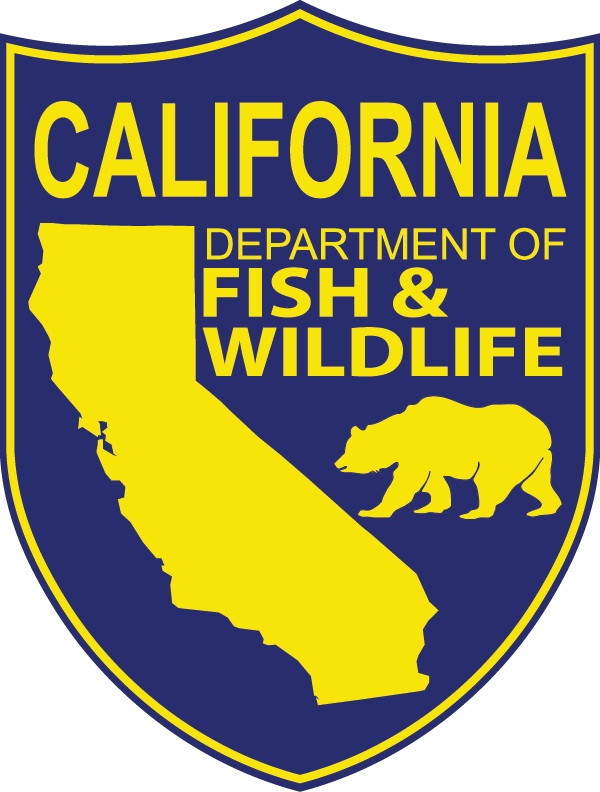 Second Phase Will Effect an Additional 63 Acres of Coastal Habitat
Second Phase Will Effect an Additional 63 Acres of Coastal Habitat
 On May 8, the United States Fish and Wildlife Service (USFWS) announced $1 million in federal funds will go to the California Coastal Conservancy to support a second round of critical coastal wetland restoration at Elkhorn Slough through the National Coastal Wetlands Conservation Grant Program.
On May 8, the United States Fish and Wildlife Service (USFWS) announced $1 million in federal funds will go to the California Coastal Conservancy to support a second round of critical coastal wetland restoration at Elkhorn Slough through the National Coastal Wetlands Conservation Grant Program.
In 2015, USFWS granted $1 million to support Phase I of restoration at the Elkhorn Slough National Estuarine Research Reserve’s Hester Marsh, which raised 61 acres of drowning marsh to an elevation that supports healthy marsh habitat and will withstand projected changes in sea level. Phase II will restore an additional 63 acres: reviving 54 acres of tidal marsh, adding 4 acres of new marsh and restoring 5 acres of coastal grassland.
“This project is a great illustration of the power of conservation partnerships. Federal and State agencies working with a local nonprofit have delivered a remarkable project that will continue with Phase II, building wetlands that will adapt to rising seas,” said Reserve Manager Dave Feliz.
In addition to restoring critical habitat for federally listed Southern sea otters, this project will support the migration of birds along the Pacific Flyway and the food web that supports them. As a component of the larger project, Reserve researchers are also monitoring improvements to water quality and the capacity of tidal marshes to capture large quantities of carbon dioxide and trap the carbon underground to alleviate climate change.
 More than 90 percent of California’s wetlands have vanished over the past century. Today the Elkhorn Slough features the most extensive salt marshes in California south of San Francisco Bay, yet without restoration the remaining marshes are projected to drown within 50 years due to rising sea levels.
More than 90 percent of California’s wetlands have vanished over the past century. Today the Elkhorn Slough features the most extensive salt marshes in California south of San Francisco Bay, yet without restoration the remaining marshes are projected to drown within 50 years due to rising sea levels.
Tidal salt marshes filter impurities from runoff and recycle nutrients, provide critical habitat, and serve as cradles of biodiversity to young fish, invertebrates, and other wildlife in the estuary.
“These marshes are a key part of the rich ecosystem at Elkhorn Slough that supports more than 340 bird, 550 marine invertebrate, and 102 fish species,” said Tidal Wetland Program Director Monique Fountain.
The Elkhorn Slough National Estuarine Research Reserve is one of 29 reserves established nationwide to support long-term research, water-quality monitoring, environmental education, and coastal stewardship. Elkhorn Slough Foundation is a community-supported nonprofit land trust whose mission is to conserve and restore the Elkhorn Slough and its watershed. ESF protects 4,000 acres of rare habitat including oak woodlands, coastal prairie, maritime chaparral, and wetlands. Since 1982, ESF has been the nonprofit partner of the Elkhorn Slough National Estuarine Research Reserve.
CDFW manages the 1,700-acre Reserve that includes five miles of public trails winding through a variety of rare habitats. In partnership with NOAA and the Elkhorn Slough Foundation, the Reserve conducts active education, research, stewardship, and volunteer programs. An active volunteer corps of nearly 100 community members supports the work of the Reserve. The Elkhorn Slough Foundation also serves as a land trust, conserving and managing another 4,000 acres in the Elkhorn Slough watershed. For more information, visit www.elkhornslough.org.
Led by ESNERR’s Tidal Wetland Program, the Hester Marsh restoration project was developed with input from more than 100 scientific advisors, environmental regulators, and community members.
•••
For more information on the Tidal Wetland Program visit www.elkhornslough.org/tidal-wetland-program.

